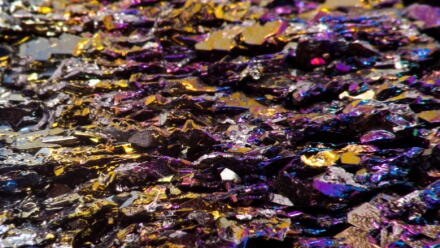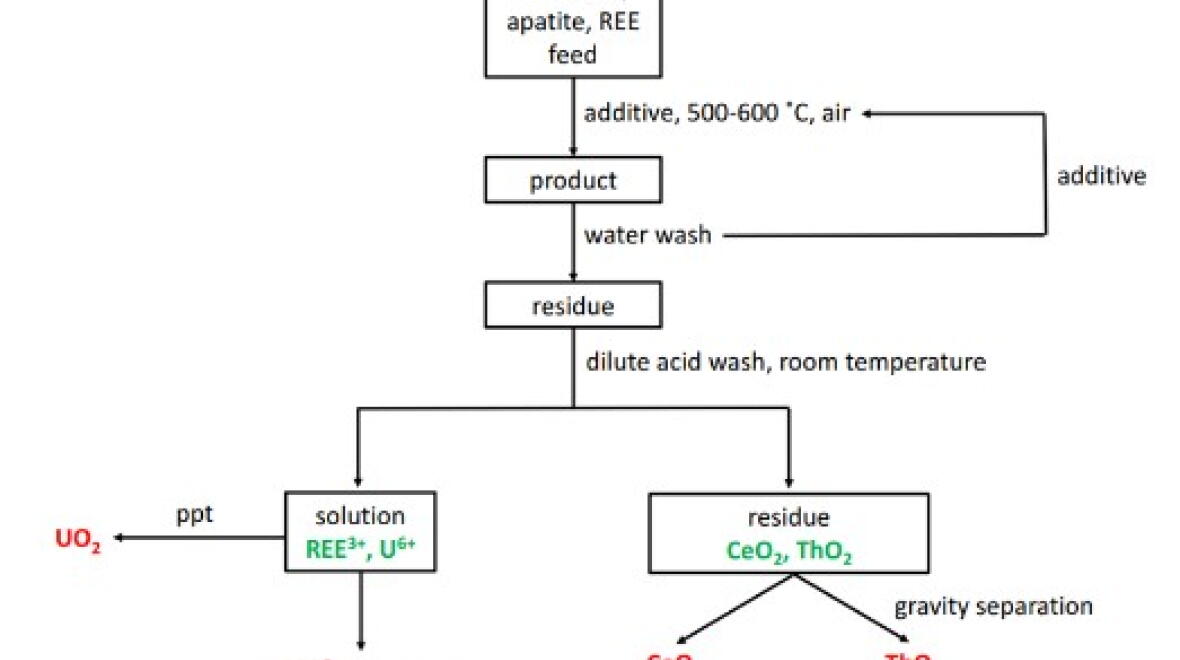Novel process of extracting rare earth elements from phosphate ores

Impact Focus areas
Research area
The rare earth elements (REE) are "critical metals" due to their use in modern electronic devices (phones, plasma screens) and green technologies (batteries, wind turbines, catalysts) but are of uncertain supply due to various market constraints. REE are often contained in phosphate ores, from which they are difficult and costly to extract. Current extraction process uses harsh conditions including high-temperature, high-pressure and concentrated acids.
Based on geological understanding of how these deposits form, the researchers at The Australian National University (ANU) have come up with a novel, low temperature and environmentally friendly method of extracting REE from these ores. The extraction process uses commonly available materials, which can be recycled. This method may be suitable for extracting a wide range of different critical metals.
Potential benefits
- Mild extraction conditions: The process usescommonly available materials used at low-temperatures.
- Cost effective: Use of recyclable carbonates for the extractions without the use high-temperature conditions.
- Environmentally friendly: Eliminates the need for harsh, harmful concentrated acid leaching of minerals and associated hazardous waste
- Removal of by-products: Able to isolate and separate radioactive by-products (caesium, thorium compounds) from ores in the process with no additional steps.
- National benefit: REE are a growth area and a national priority (government incentives) within Australia.
Figure 1: Process Flow Diagram
Potential applications
- Light rare earth elements (Ce) extraction
- Heavy rare earth elements (Y) extraction
- Thorium extraction
- Zirconium extraction
- Titanium extraction
Opportunity
- Monazite extraction
- Xenotime extraction
- Apatite extraction
- Bastnasite extraction
- Zirconium extraction from Zircon
- Titanium extraction from Ilemite
IP status
The novel extraction method of REEs is solely owned by ANU and is the subject of a provisional patent application.
Key research team
- Andrew Berry, Professor, Research School of Earth Sciences
- Gregory Yaxley, Professor, Research School of Earth Sciences
- Andrea Gerson, Professor, Research School of Earth Sciences
- Catherine Wilsbacher, PhD Candidate, Research School of Earth Sciences
Contacts




